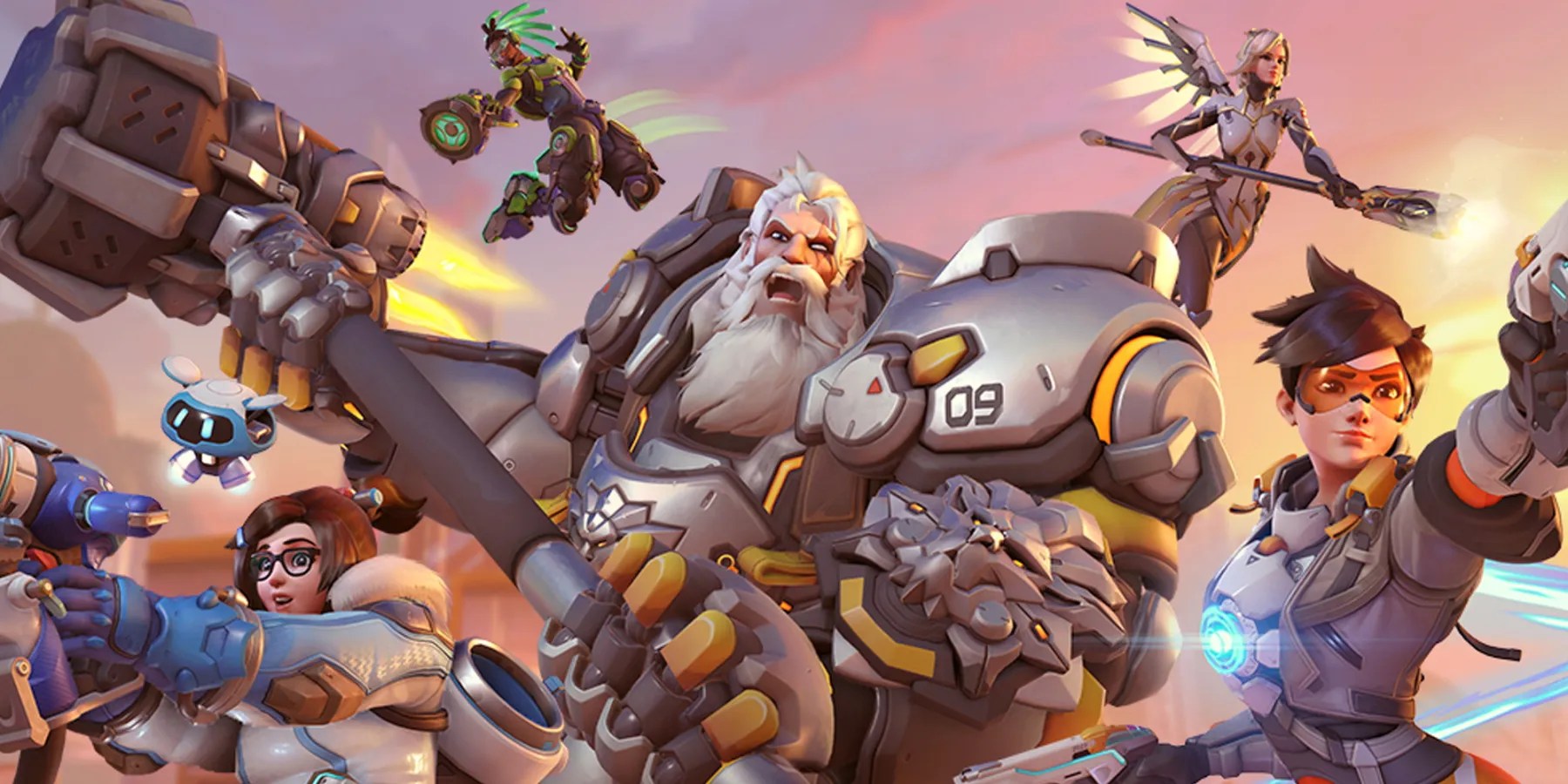Despite delays and development issues,Overwatch 2is now firmly on the horizon, and will be in players' hands soon with an upcoming PvP beta. With the introduction of 5v5 and extensive hero reworks, existing maps are being re-designed, and new maps will be added to accommodate for the upcoming changes that may significantly change the wayOverwatchis played. With years of feedback from the community on the 30Overwatchmaps, there are plenty of lessons that the development team could implement when balancing maps for attacking and defending teams, which would help to deliver a true sequel to the much-beloved PvP experience.
TheOverwatchPvP sandbox of heroes, abilities, and objective-based game modes are only as good as the maps that enable them. Creating and balancing maps for each game mode is a delicate and difficult undertaking due to the number of variables that each unique hero can introduce to theOverwatchsandbox. Maps in theOverwatchfranchise are designed around a specific mode, so it is key for players to pick heroes that provide utility and abilities that are strong for each map

RELATED:Overwatch 2 Dev Discuses Balancing Plans For Sojourn and Other Characters Ahead of PvP Beta
Overwatch: Rewarding Experience Through Map Design
Most games revolve around the tactical management of choke points by picking specific heroes to perform certain roles:Symmetra can use her teleport on defense with maps that feature unique lines of sight. Mei can use her ice wall ability to lock down maps with narrow choke points such as Blizzard World or Paris.
Despite the change to 5v5 and ongoingreworks of potentially all heroes currently in the game, it still seems that gameplay and objective-based game modes will remain similar to the first game.Overwatch 2, from what is known of its PvP element, will look to refine rather than revolutionize the original games' formula. Key map design decisions surrounding choke points, flanking routes, and open areas with long lines of sight will remain a constant.

Maps that have deviated from these three key areascan cause gameplay situations that overly favor one side. Ultimately, players on either the attacking team or defending team want a rewarding experience when playing each map and come out of each map having enjoyed the experience regardless if they lost or won. They do not want to finish a game that they won or lost thinking that the map determined victory for them.
Extensive Feedback
There are plenty of examples of this from community feedback on existingOverwatchmaps. Hanamura and Anubis feature capture points that overly favor the defending team due to narrow choke points and small lines of attack. Maps like this enable defending teams to set upvery effective defensive positions using area-of-denial heroes such as Bastion, Torbjörn, and Orisa to control the point B checkpoints, giving them an advantage.
The Paris map suffers the same problem, with defenders having access to high ground on point A, giving them a clear advantage early in the match. Other maps suffer from imbalance, but in the opposite way: Giving attackers too many lines of attack or flanking routes so that the defending team cannot control the capture point well.

Horizon Lunar Colony, which has been confirmed to be in for a major rework, received significant feedback on balancing from the community due to the many pathways to each capture point, and the proximity of the last capture point to the defending teams' spawn room. Verticality makes for fantastic maps that accommodate lots of heroes and team compositions, but maps such as Busan have proven to have too much verticality, which causes chaos for the defending team.
Learning From the Past
In multiplayer objective games, it is always difficult to balance the map so that attacking and defending players can enjoy the gameplay experience, rather than feel trapped in it. While it is impossible to create the “perfect” map,Overwatch 2can take the extensive community feedbackon lines of sight, choke points, and lines of attack for both attacking and defending teams within its four competitive modes (the new “push” game mode will replace assault on launch) so that the gameplay is rewarding for both teams regardless of outcome.
With the introduction of 5v5, adjustments are rightly being made to accommodate a new play style. However, to ensure a rewarding experience for both teams (regardless of mode) the development team could start by assessing the feedback from the community on each map and see where the common complaints lie. With the upcoming PvP beta, it remains to be seen how maps will flow around the new 5v5 team composition and hero reworks. That doesn’t mean that the lessons from the originalOverwatch’s map design can’t be implemented if the sequel is not looking to completely revolutionize itself.